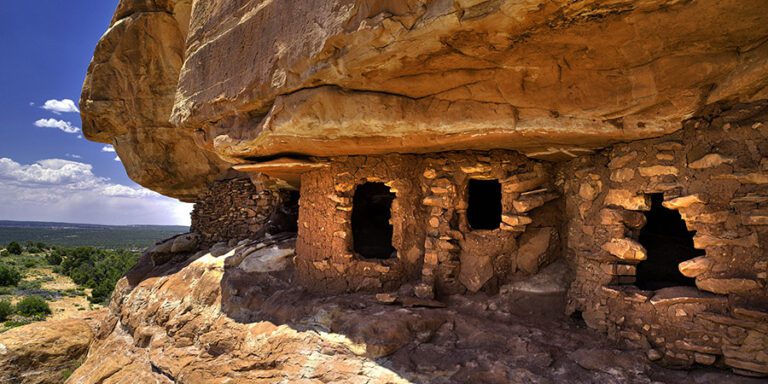Category: National Monuments
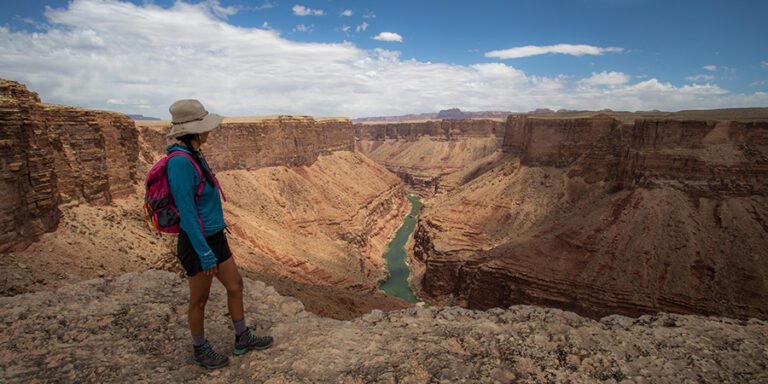
Lawsuits targeting Baaj Nwaavjo I’tah Kukveni national monument were at odds with Arizona voters, 80% of whom support the monument.
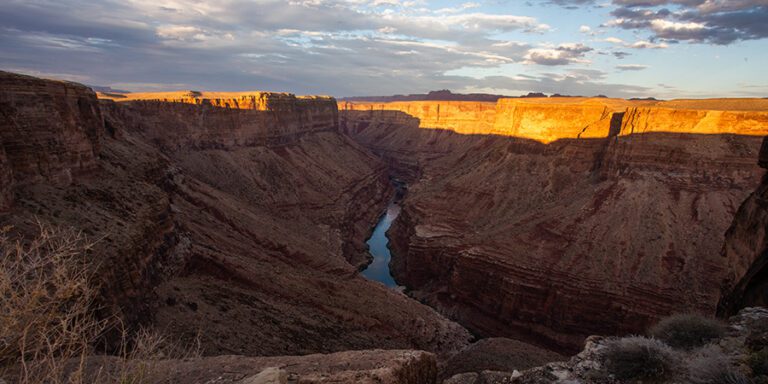
80% of Arizona voters support Baaj Nwaavjo I’tah Kukveni National Monument, according to a new poll.
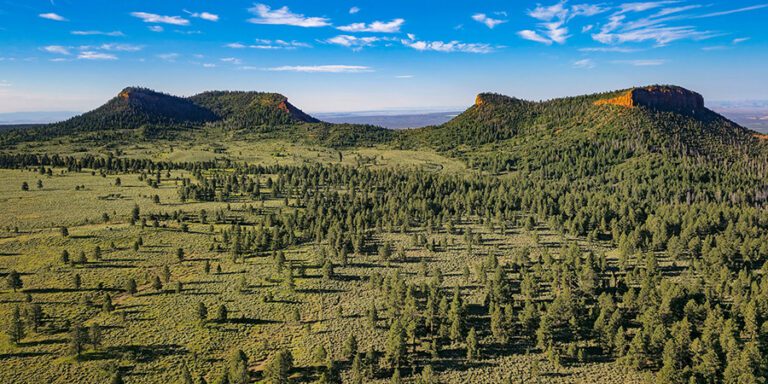
Utah voters strongly support national monuments in general, and Bears Ears and Grand Staircase-Escalante in particular, a new poll shows.
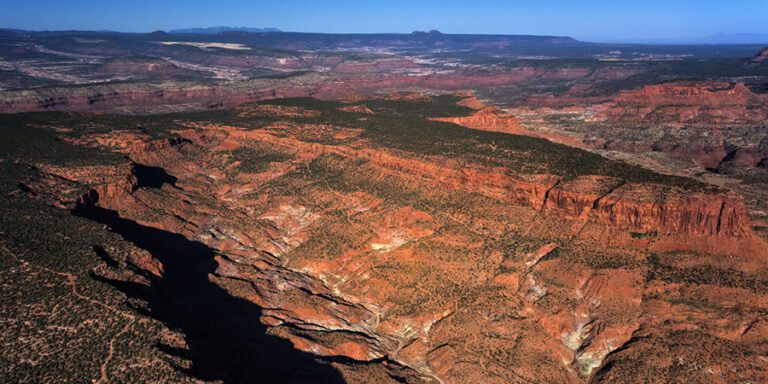
A small victory in the legal case challenging Daneros uranium mine, near Bears Ears National Monument.
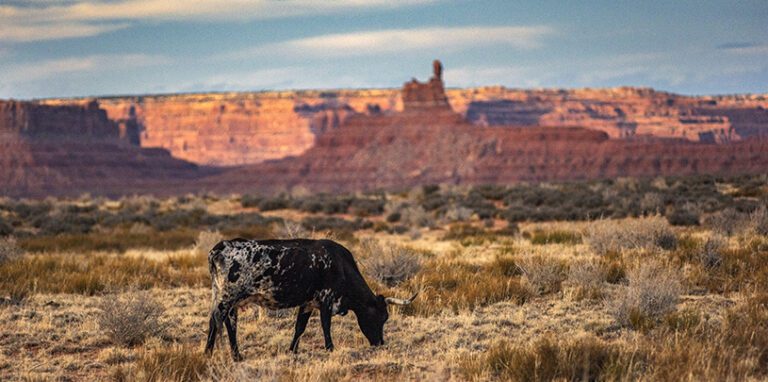
Bears Ears petroglyph panels and cultural sites protected by new proposed management plan.
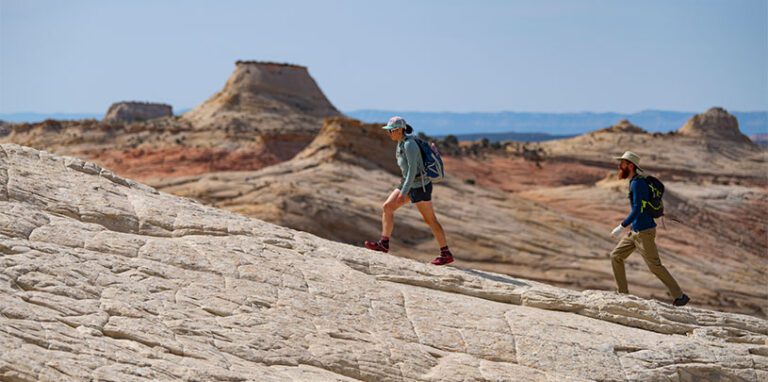
Find out how the Bureau of Land Management is planning to protect old-growth forests, creeks, canyons, fossils, and more in Grand Staircase-Escalante National Monument.
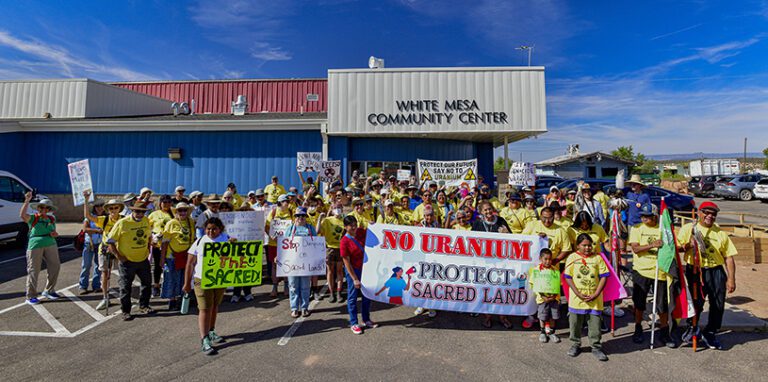
A rally in Salt Lake City followed by a spiritual walk in White Mesa demonstrate the Ute community’s determination to see uranium mill close.
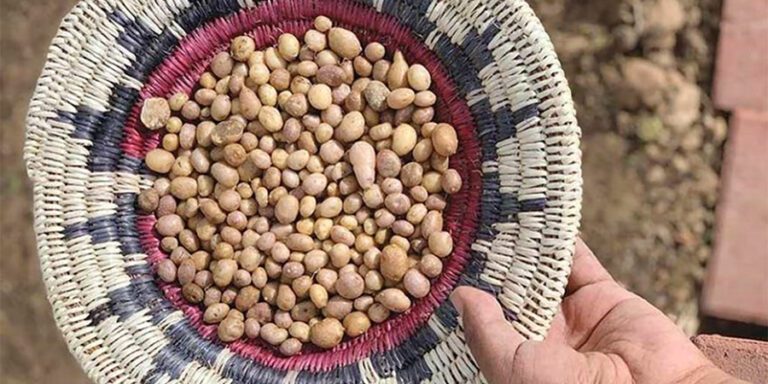
Native peoples have been cultivating the Four Corners potato in the American Southwest as far back as 10,000 to 11,000 years ago.
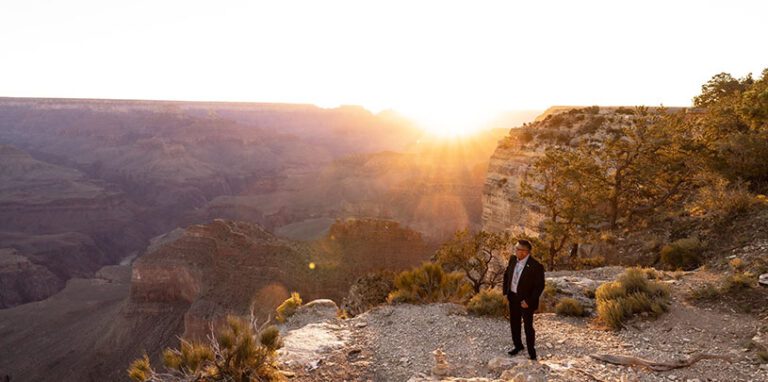
For Hopi Chairman Timothy Nuvangyaoma, the Grand Canyon region is home to many cultural and religious sites that are still very much alive today.
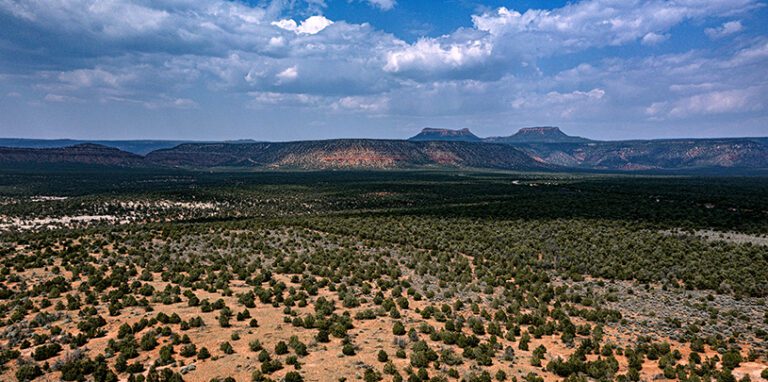
Proposal to build massive communications tower on state lands inside Bears Ears National Monument withdrawn
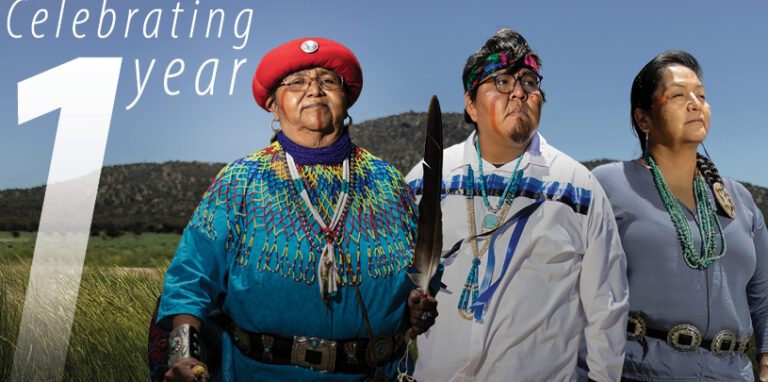
Baaj Nwaavjo I’tah Kukveni Grand Canyon National Monument is 1 year old. Learn about the cultural resources, waters, and plants and animals it protects.
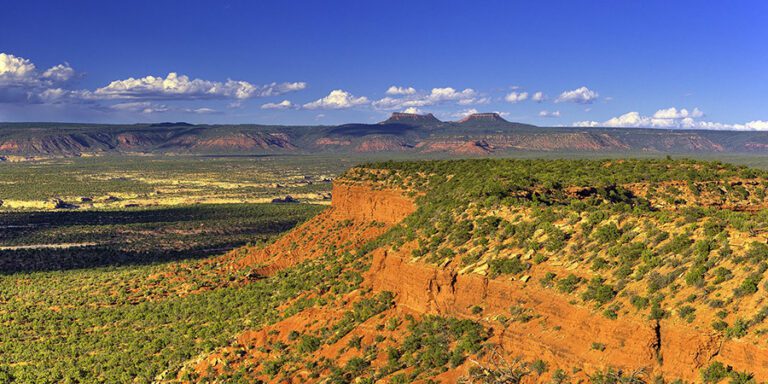
More than 275,000 pounds of radioactive materials imported from the Japan Atomic Energy Agency headed to Utah’s White Mesa Mill.

Grand Staircase-Escalante National Monument bursts into bloom each spring. See some of our favorite desert wildflowers.
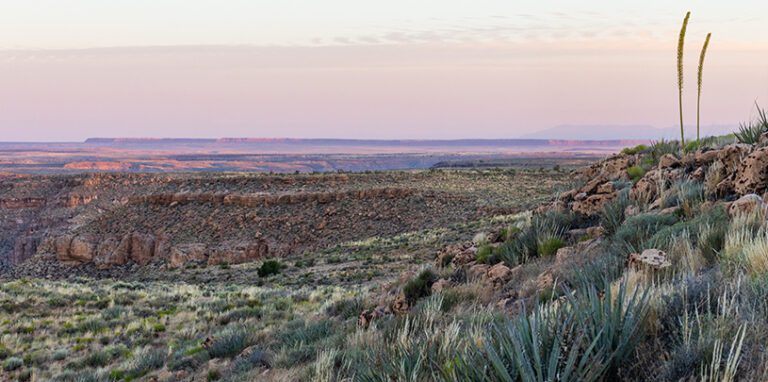
Last year, 13 Native American tribes asked President Biden to designate a new national monument. Today, Baaj Nwaavjo I’tah Kukveni – Ancestral Footprints of the Grand Canyon National Monument represents decades of tireless advocacy by Southwest tribes.
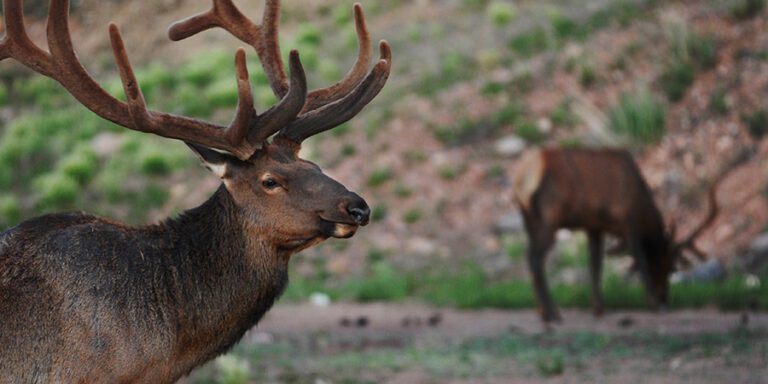
The new Grand Canyon national monument allows traditional uses like hunting and ranching to continue.

Hidden in Grand Staircase-Escalante’s geologic steps are clues to the ancient past, carefully preserved as fossils.
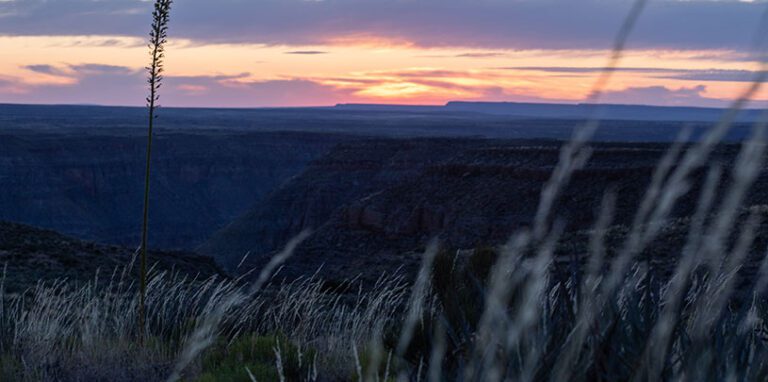
Across the monument, a permanent mining ban prevents new mining claims from being staked. But there are some exceptions.
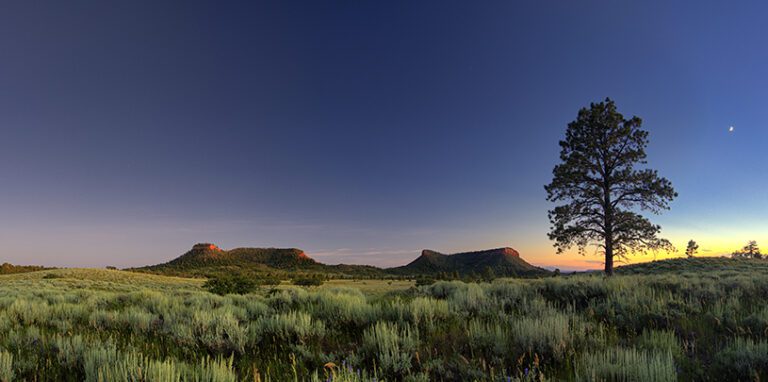
The court ruling reaffirmed that the Antiquities Act gives the president broad authority to designate national monuments.

From endangered California condors to the House Rock Valley chisel-toothed kangaroo rat, meet the monument’s creatures large and small.
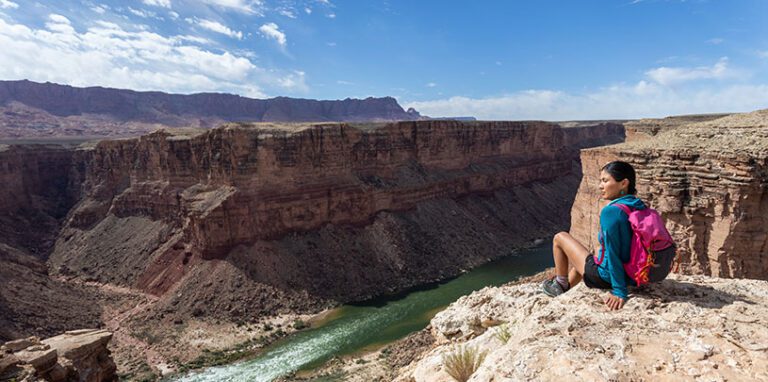
Almost 1 million acres of ancestral homelands north and south of the Grand Canyon get new protections.
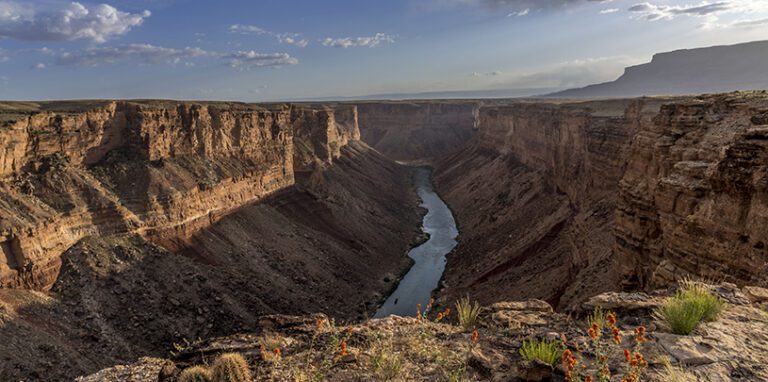
By a 6-to-1 margin, Arizona voters support designating public lands near the Grand Canyon a national monument.

Red Butte or “Wii’i Gdwiisa” is the birthplace of the Havasupai people. Protections for this traditional cultural property near the Grand Canyon are within reach.

Tribal leaders, local governments, and businesses urge designation of Baaj Nwaavjo I’tah Kukveni Grand Canyon National Monument.
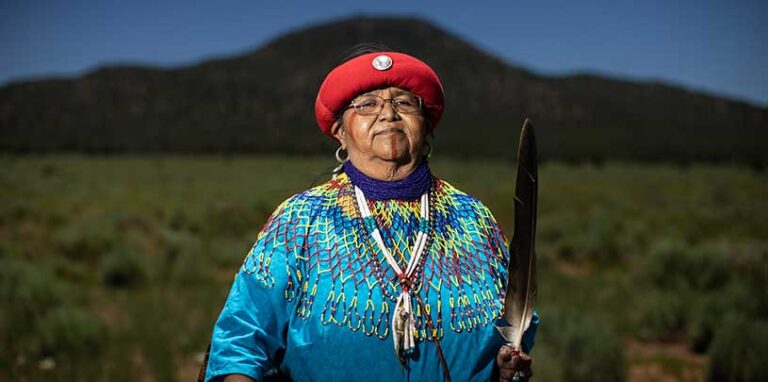
The Grand Canyon region has provided Native peoples with food, shelter, medicines, and more since time immemorial.
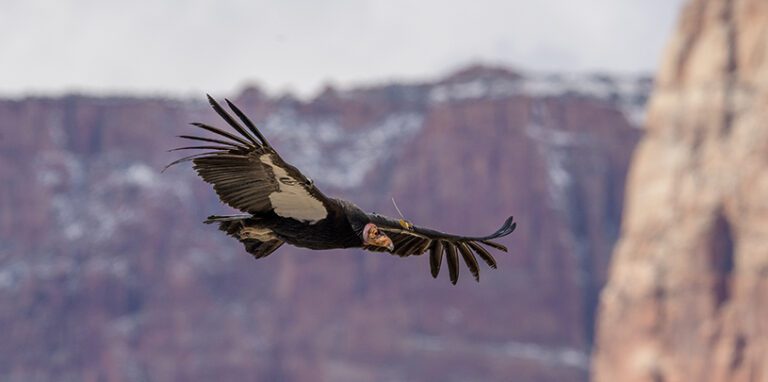
Petroglyphs, rock structures, caves, endangered cacti, California condors, and more.
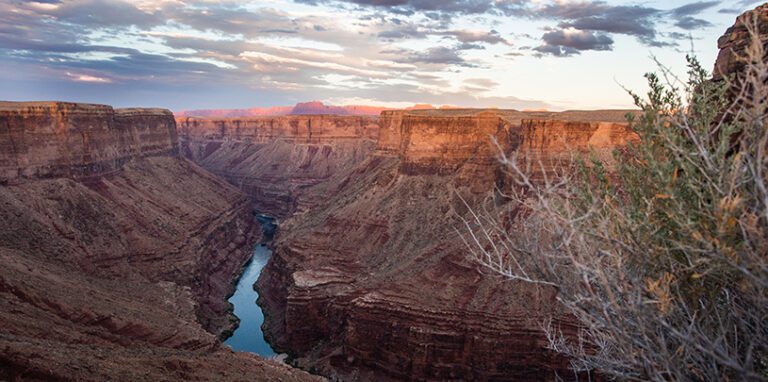
Arizona’s governor, state representatives, county and city governments, and faith leaders support tribal Grand Canyon national monument proposal.

Whether tucked into lush creekside vegetation, soaring high above rocky cliffs, or flitting through old-growth forests, over 200 bird species call the Grand Staircase-Escalante region home.

Polling shows strong support for designating public lands near the Grand Canyon a national monument.

The Grand Canyon is a sacred place for many tribes. A new monument would protect tribal homelands.

